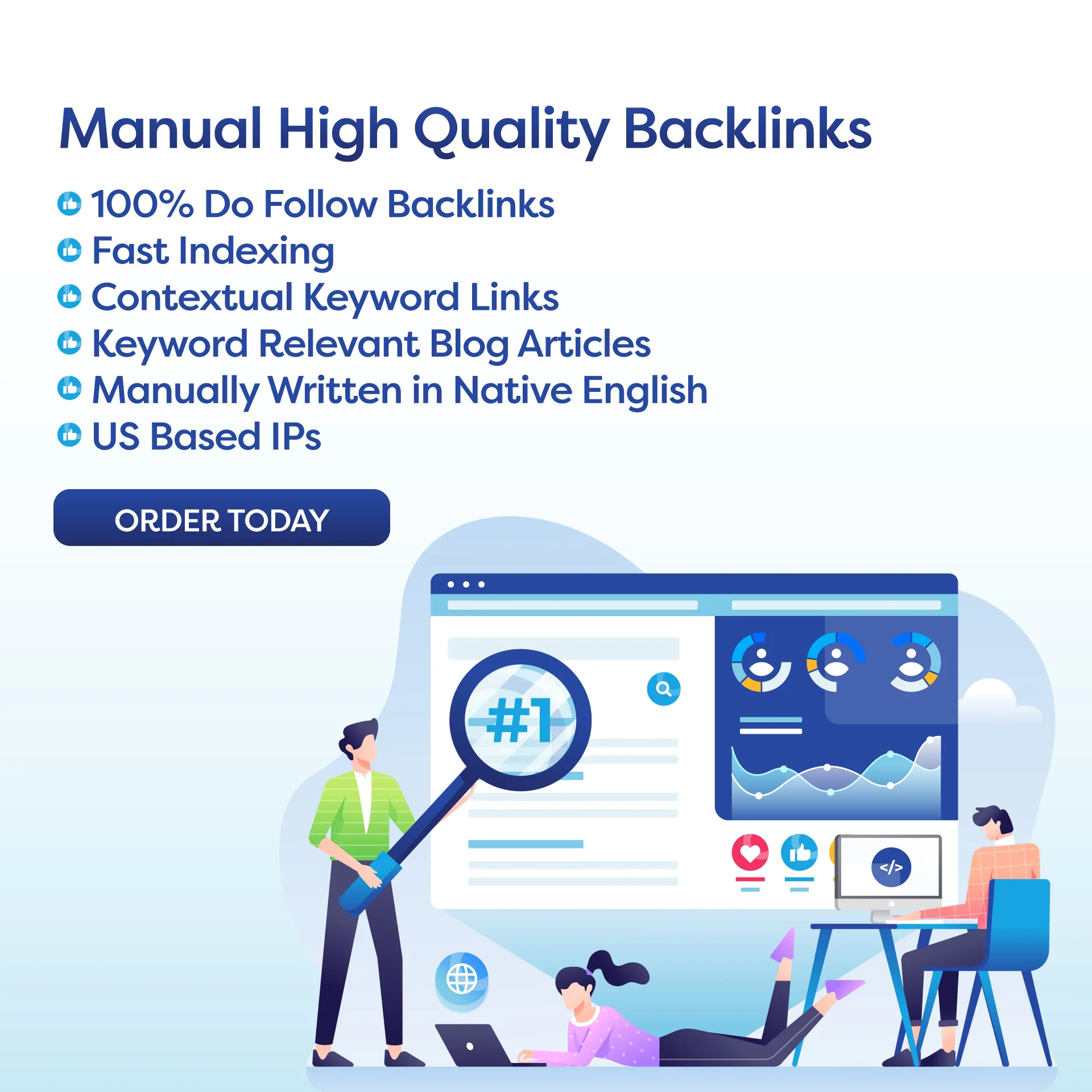In today’s digital landscape, SEO is crucial for businesses to increase online visibility. Optimizing visual content like images and videos can engage users, improve user experience, and ultimately boost search rankings. Alt text and descriptive file names are key for image optimization, while video titles, descriptions, and sitemaps are crucial for video optimization. Beginners should start by optimizing existing visual content with keywords, tracking performance, and staying updated on SEO trends. By optimizing visual content, businesses can improve their chances of ranking higher in search results and attracting more organic traffic to their websites.
Excerpt: When it comes to Visual content and SEO, are you maximizing your potential reach? Learn how to optimize your images and videos for search engines today!
Introduction:
In today’s digital landscape, Search Engine Optimization (SEO) is crucial for businesses looking to increase their online visibility and drive more traffic to their websites. One often overlooked aspect of SEO is the optimization of visual content such as images and videos. Visual content plays a significant role in engaging users and keeping them on your site longer, ultimately improving your search rankings. In this article, we will explore the importance of visual content in SEO and provide tips on how to optimize your images and videos for search engines.
Key Takeaways:
1. The Impact of Visual Content on SEO
2. Image Optimization for SEO
3. Video Optimization for SEO
The Impact of Visual Content on SEO:
Visual content, including images and videos, can significantly impact your SEO efforts. Search engines like Google can’t ‘see’ images and videos in the same way humans can, which is why it’s essential to optimize them for search. Visual content can help improve user experience, increase time spent on your site, and reduce bounce rates. Google considers user engagement metrics when ranking websites, making visual content optimization crucial for SEO success.
Image Optimization for SEO:
– Importance of Alt Text: Alt text provides a textual description of an image, making it accessible to search engines and visually impaired users. Including relevant keywords in your alt text can help improve your image’s chances of ranking in search results.
– Image File Names: Using descriptive file names for your images can also help improve their visibility in search results. Avoid generic file names like ‘IMG12345.jpg’ and instead use keywords that relate to the image’s content.
Video Optimization for SEO:
– Video Title and Description: Just like with images, optimizing your video title and description with relevant keywords can improve its chances of ranking in search results. Make sure to include a clear and concise description that accurately reflects the video’s content.
– Video Sitemaps: Creating a video sitemap can help search engines understand the context of your videos better. This can lead to better visibility and higher rankings in search results.
Action Plan for SEO Beginners:
1. Start by optimizing your existing visual content, including images and videos, with relevant keywords and descriptive text.
2. Use tools like Google Analytics to track the performance of your visual content and make adjustments as needed.
3. Stay up to date on the latest SEO trends and best practices to ensure that your visual content continues to drive traffic and engagement to your site.
In conclusion, visual content plays a significant role in SEO and can have a direct impact on your website’s visibility and search rankings. By optimizing your images and videos with relevant keywords and descriptive text, you can improve your chances of ranking higher in search results and attracting more organic traffic to your site.
FAQs:
Q: How important is visual content for SEO?
A: Visual content is essential for SEO as it can improve user engagement, reduce bounce rates, and increase time spent on your site, all of which are factors that search engines consider when ranking websites.
Q: What are some best practices for optimizing images for SEO?
A: Some best practices for optimizing images for SEO include using descriptive alt text, creating keyword-rich file names, and using high-quality images that are relevant to your content.

